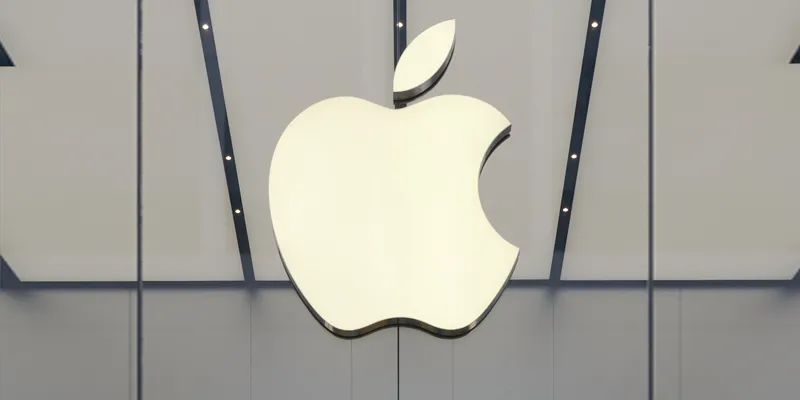Apple Watch to help smartwatch shipments hit 71.5 M by 2021
Smartwatches, led by Apple Watch, are expected to ship 71.5 million units by 2021, up from 31.6 million in 2017, global market research firm IDC said on Thursday.

The Cupertino-based giant in September launched Apple Watch Series 3 with a built-in cellular to let users stay connected, make calls, receive texts and more, even if the iPhone is not nearby.
The third-generation Apple Watch is also a health and fitness companion with intelligent coaching features, water resistance 50 metres and a new barometric altimeter that measures relative elevation.
Apple Watch Series 3 (GPS + Cellular) features a full LTE cellular radio that switches seamlessly to cellular when it is away from iPhone. The watch shares the same number as iPhone so there's no need to provide an additional number to family, friends or colleagues.
According to the IDC, watches (both smart and basic) are expected to grow from 61.5 million in 2017 to 149.5 million in 2021 as more vendors — particularly fashion brands — and cellular connectivity built into smartwatches help to drive this category.
"The move from wristbands to watches introduces additional revenue opportunities for vendors and distributors as average selling prices are expected to rise," Jitesh Ubrani, Senior Research Analyst, IDC Mobile Device Trackers, said in a statement.
The wearables market is expected to grow from 113.2 million shipments in 2017 to 222.3 million in 2021 with a compound annual growth rate (CAGR) of 18.4 percent, according to the "IDC Worldwide Quarterly Wearable Device Tracker".
Basic wristbands or fitness bands that are highly accessible, particularly in emerging markets, will account for the majority of device shipments in 2017 (39.8 percent). However, their share is expected to decline to 21.5 percent by 2021 as watches gain traction.
The most popular wearables have been basic wristbands like the Xiaomi "Mi Band" and Fitbit "Charge".
"However, the struggle to move beyond health and fitness persists and convincing consumers to spend more for utility that may not be immediately obvious will be a challenge. This is where fashion brands have a chance to shine," Ubrani added.







